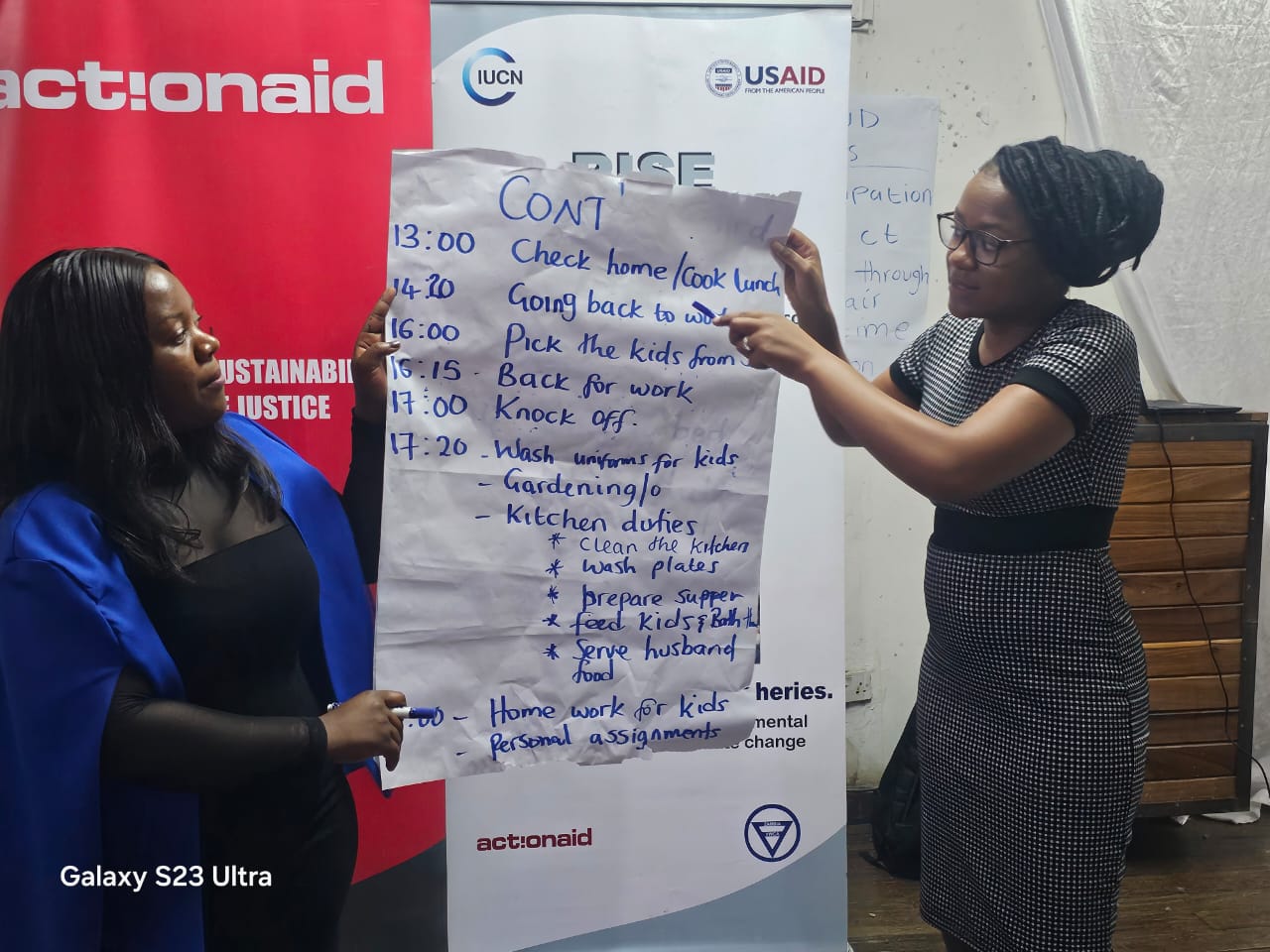Amphibians are more threatened and are declining more rapidly than either birds or mammals. Amphibian populations are decreasing due to multiple factors, such as climate change, the chytrid fungus, and other anthropogenic factors such as species trafficking. However, the level of threat to amphibians is undoubtedly underestimated because 1294 species (22.5%) are too poorly known to assess, as compared with only 78 birds (0.8%) (Stuart et al., 2004).
This knowledge deficit underscores the vital importance of educational tools like Ribbit in democratizing scientific research. By lowering barriers to ecological monitoring, apps like Ribbit transform passive observers into active conservation participants. Educational technologies enable citizen scientists to directly contribute to understanding and protecting vulnerable ecosystems, addressing critical research limitations through expanded data collection in under-researched regions.
These innovative platforms increase public awareness about biodiversity challenges while providing accessible pathways for scientific engagement. Unlike bird-focused apps with well-established research infrastructures, anuran conservation has lacked comprehensive citizen science platforms. Ribbit fills this critical gap by empowering individuals to become crucial contributors to amphibian research, turning the tide on data deficiency and supporting global conservation efforts through collaborative, technology-enabled environmental stewardship. It is the first application to include information about over 800 amphibian species, in four languages, including call type, photo, CITES information (whether species are trafficked or used for commercial purposes, addressing GBF targets 5 and 9), IUCN status (whether species are endangered, addressing GBF target 4) and general information on animal behavior and reproduction.
While the goal is to educate nature enthusiasts, we want to avoid the increase of species trafficking. For this reason, we decided not to allow users to have access to each other's data. That way, an endangered species' location won't be visible to traffickers, on the app. Users only have access to their own data. Once data is shared with GBIF, the data is obscured, so that neither the frog's nor the user's precise location will be disclosed to the general public. This way, we are ensuring that our application is environmentally responsible.
